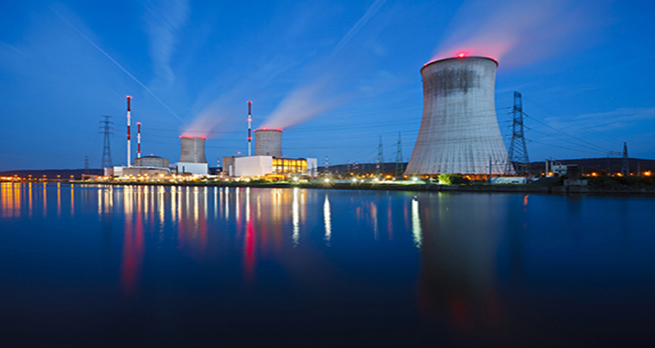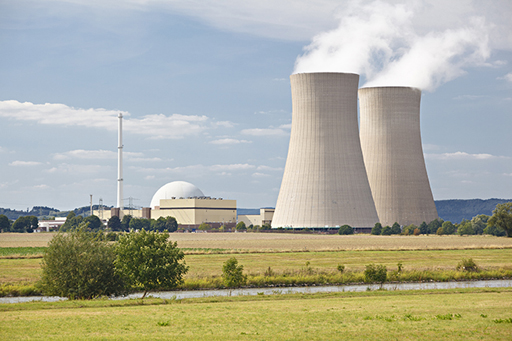2.2.3 Types of nuclear reactor
There are many different types of nuclear reactor and the list below is not exhaustive! By far the most common type of nuclear reactor is the pressurised water reactor or PWR.
The main types of reactor currently in use (or used in the past) to generate electricity are:
- Pressurised water reactor (PWR): pressurised water reactors are the most common – about two-thirds of all reactors in the world are of this type. These work on an indirect steam cycle.
- Boiling water reactor (BWR): boiling water reactors are a popular alternative to pressurised water reactors – both are used in the USA and in Japan. These work on a direct steam cycle.
- Advanced boiling water reactor (ABWR): advanced boiling water reactors incorporate improvements on earlier boiling water reactors and are used in Japan, with new reactors planned in Japan and Taiwan.
- Pressurised heavy water reactor (PHWR): pressurised heavy water reactors use heavy water as the coolant and the moderator, and natural uranium as the fuel. They were developed in Canada and are sometimes called CANDU reactors.
- Gas-cooled reactor (GCR): a gas-cooled reactor has a graphite moderator and a carbon dioxide gas coolant. It is only found in the UK. Early models were known as Magnox reactors and later versions as the advanced gas-cooled reactor (AGCR or more commonly AGR).
- Light water-cooled graphite-moderated reactor (LGR): these water-cooled, graphite moderated reactors were used mainly in the former Soviet Union. They are sometimes known as RBMK (reaktor bolshoy moshchnosty kanalny) reactors and there were four such units at the Chernobyl plant at the time of the accident there (in 1986), about which you will read more later.
The various reactor types are mainly defined by the materials used as moderator and coolant and, although these factors affect the design of the reactor, the basic principles are common to all nuclear power stations.
Another type of reactor worth noting is the EPR – the European pressurised reactor. The EPR is a pressurised water reactor designed to improve on safety and security, and enhance economic competitiveness. It is not fundamentally different from the pressurised water reactors described earlier but it is the most widely discussed reactor under consideration for new nuclear power stations. The design was developed by a consortium of French and German companies. An EPR is under construction in the UK at Hinkley Point C in Somerset.
Next, find out more about where new power stations are planned.

